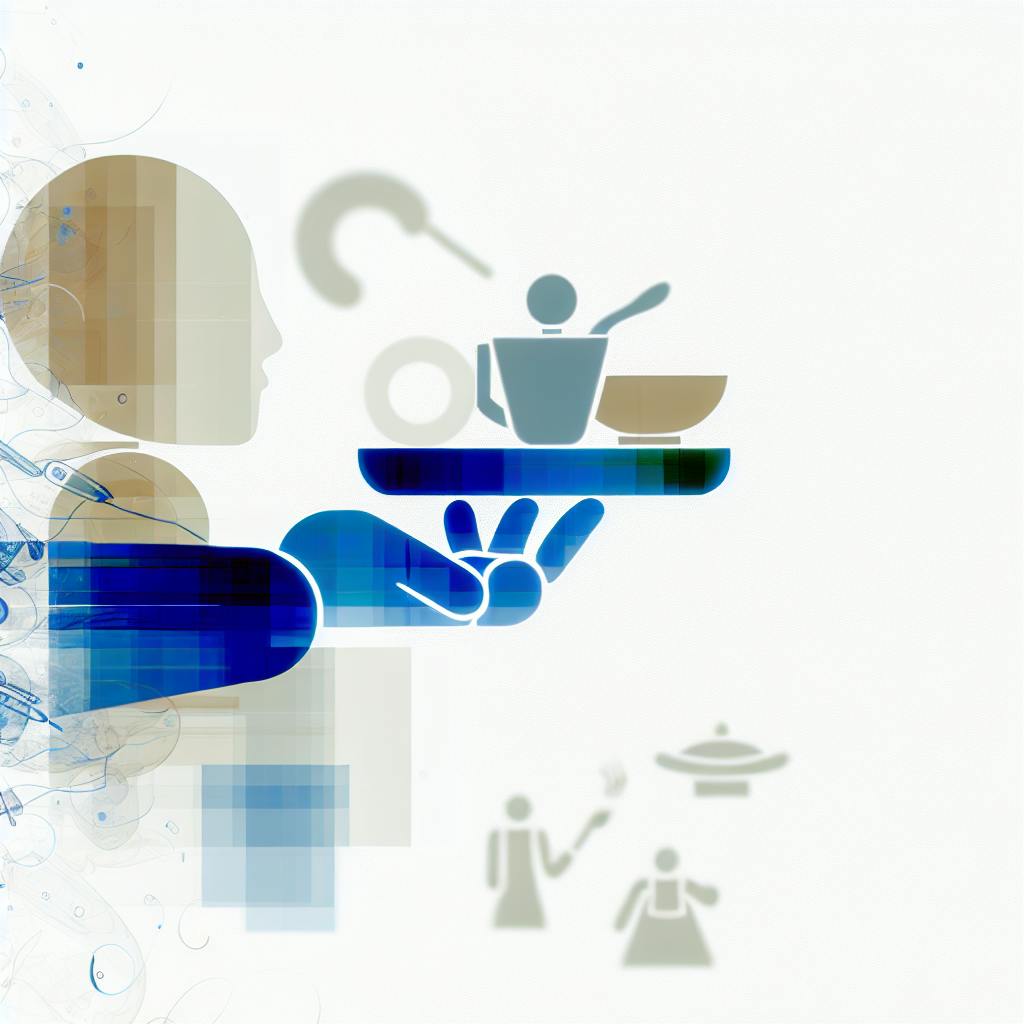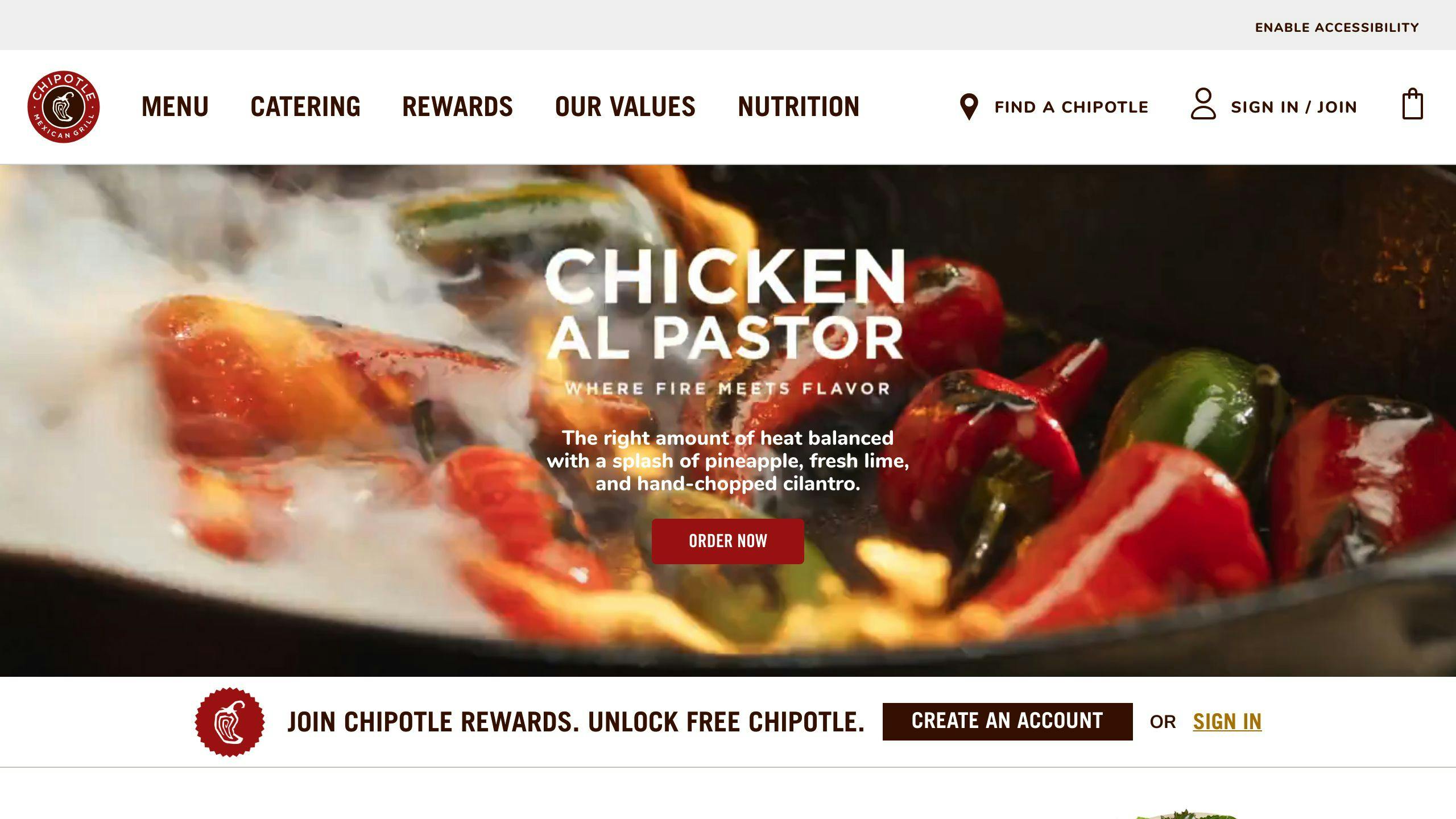November 14, 2025

AI is completely changing the restaurant industry, automating tasks like order-taking, food preparation, and inventory management. While improving productivity and customer experience, experts warn there could be an AI impact on 10-80% of restaurant jobs, especially those involving repetitive tasks.
TL;DR:
AI could replace 10-80% of restaurant jobs, with drive-thru operators and servers most at risk
Restaurants using AI report 22% higher revenue and 17% lower labor costs on average
Key ethical concerns include bias in hiring, data privacy risks, and worker displacement
Successful AI adoption requires employee retraining and combining automation with human service
Loman AI answers calls 24/7, takes orders, processes payments and syncs with your POS system
Restaurants are using AI technology to improve how they work and give customers a better experience. Here's how AI is being used in restaurants today:
Fast-food chains like McDonald's, Taco Bell, Chipotle, Popeye's, and Domino's are using AI voice assistants to:
Take customer orders
Manage food supplies
Optimize kitchen tasks
These AI systems can take orders quickly and correctly, reducing wait times and making customers happier.
Using AI in restaurants has both good and bad sides. Here's a look at the key pros and cons:
AI can help restaurants in several ways:
Lower costs: Automating tasks like food prep and customer service reduces labor costs.
Better customer experience: AI can provide personalized recommendations, faster orders, and shorter wait times.
Useful insights: AI analytics reveal customer preferences and dining patterns to optimize menus, pricing, and marketing.
However, there are also downsides and challenges with AI adoption:
High startup costs: Implementing AI technologies requires a big upfront investment.
Technical expertise needed: Running AI systems well demands specialized skills and knowledge.
Job losses: Automating tasks could lead to job cuts, especially for low-skill workers.
Bias and privacy risks: AI systems can be biased, and they collect customer data that needs protection.
Limited resources: Small and medium restaurants may lack the resources to adopt AI effectively.
Experts warn that AI could lead to large job losses in the restaurant industry. Estimates range from 10% to 80% of restaurant jobs being at risk due to automation.
Studies and experts have predicted different levels of job displacement:
A Capterra survey found 76% believed chefs/cooks would be hard to automate, while 30% thought drive-thru operators could be easily replaced.
Another study predicted AI advancements could eliminate or reduce 300 million jobs, including in restaurants.
Certain roles are more vulnerable to automation than others:
Drive-thru operators, baristas, and servers involve repetitive tasks that machines can perform.
Jobs requiring creativity, problem-solving, and human interaction, like chefs and managers, are less likely to be automated.
These predictions show the potential impact of AI on restaurant jobs, showing the need for workers to develop new skills and for restaurants to adapt.
As AI systems take over more tasks in restaurants, there are some concerns that need to be taken care of. Here are the key ethical and social issues:
AI systems can be biased if they are trained on biased data or have flawed algorithms. This could lead to unfair treatment of customers, employees, or job applicants. For example, AI hiring tools may discriminate against certain groups, reducing workforce diversity. Restaurants must make sure that their AI systems are designed to be fair and unbiased.
AI systems collect and process a lot of customer data, which could be vulnerable to cyber attacks or misuse. Restaurants need strong data protection measures to keep customer information safe and maintain trust.
Automating tasks with AI could lead to job losses, especially for low-skilled workers. Restaurants must invest in training programs to help employees develop new skills to work alongside AI. This will benefit both employees and the restaurant by retaining talent.
Restaurants should be transparent about how they use AI, explaining how AI systems make decisions. They also need ways to hold AI accountable if there are errors or biases. Being open and accountable will build trust with customers and employees.
As more restaurants adopt AI technology, owners need to plan how to use it effectively. Here are some strategies to consider:
When selecting AI tools, focus on automating repetitive tasks. This frees up staff for higher-value work. For example:
AI chatbots can handle customer questions
AI inventory systems can optimize stock levels and reduce waste
Choose AI solutions that fit your restaurant's specific needs and goals.
As AI takes over certain tasks, train employees on:
Using new technology
Improving customer service skills
Training helps staff work well with AI systems. It also makes employees more valuable to your restaurant.
Use both AI and human staff to enhance the customer experience:
Emotional intelligence and empathy
Quick order processing
Attentive, personalized service
Combining AI and human strengths creates a unique, engaging experience that sets your restaurant apart.
Restaurants are using AI to improve how they work and give customers a better experience. Here are some examples:

Chipotle uses AI to:
Analyze sales data and menu item popularity
Optimize food preparation and inventory management
This helps Chipotle:
Reduce food waste by 20%
Lower labor costs by 15%
Improve customer satisfaction ratings by 10%

Panera Bread uses an AI voice assistant called "Tori" to:
Take drive-thru orders
Communicate with kitchen staff for accurate preparation
This AI system helps Panera Bread:
Reduce wait times by 30%
Increase order accuracy by 25%
Improve customer satisfaction ratings by 15%

For operators dealing with missed calls, rising labor costs, and overloaded front-of-house teams, Loman AI provides a 24/7 voice-AI phone agent built for restaurants. It answers every call, takes full pickup and delivery orders, books reservations, handles FAQs, and securely processes payments, syncing clean tickets directly into major POS and reservation systems, including Toast, Square, Clover, SpotOn, Aloha, Olo, Stream, and OpenTable.
Never miss a call: Unlimited simultaneous call handling with no hold times.
Full menu ordering: Takes complete, modifier-heavy orders and sends them straight to the POS.
Lower labor costs: Offloads phone work so staff can make in-person guests the priority.
Built-in upselling: Smart prompts increase average ticket size automatically.
Fast deployment: Most restaurants go live in under 24 hours.
Designed for independents, multi-unit groups, and national brands, Loman supports complex menus, multilingual callers, catering inquiries, and edge-case routing. It’s the only restaurant-specific AI phone system that combines full order taking, payment processing, reservation management, and deep POS integration in one turnkey system.
Estimates vary widely from 10% to 80% of restaurant positions, with drive-thru operators, baristas, and servers facing the highest risk due to their repetitive tasks. Jobs requiring creativity and human interaction, like chefs and managers, are less vulnerable to automation.
Invest in retraining programs that teach employees how to work with new technology while developing customer service skills that AI cannot replicate. Pairing AI automation with skilled human staff creates a hybrid model that benefits both workers and the business.
AI systems collect large amounts of customer information that could be vulnerable to cyber attacks or misuse. Restaurants must implement strong data protection measures and be transparent about how they collect, store, and use customer data to maintain trust.
Consider AI when you're experiencing high call volumes, missed orders, rising labor costs, or staff overwhelmed by phone interruptions. Restaurants with complex menus or multiple locations benefit most from AI that can handle simultaneous calls and sync directly with existing POS systems.
AI is reshaping restaurant operations faster than most operators expected. From automating order-taking to making kitchen workflows better, it delivers measurable gains in productivity, accuracy, and revenue, but it also introduces real challenges around job displacement, training, and data governance. Restaurants that succeed won’t rely on automation alone; they’ll pair the AI impact with skilled staff, transparent processes, and targeted retraining to build a more resilient workforce. The industry is moving toward hybrid, AI-assisted service models, and the operators who use these tools early will be the ones who stay competitive as expectations rise and margins tighten.

Enter your information in the form to receive a call from Loman and place an order like a customer would!